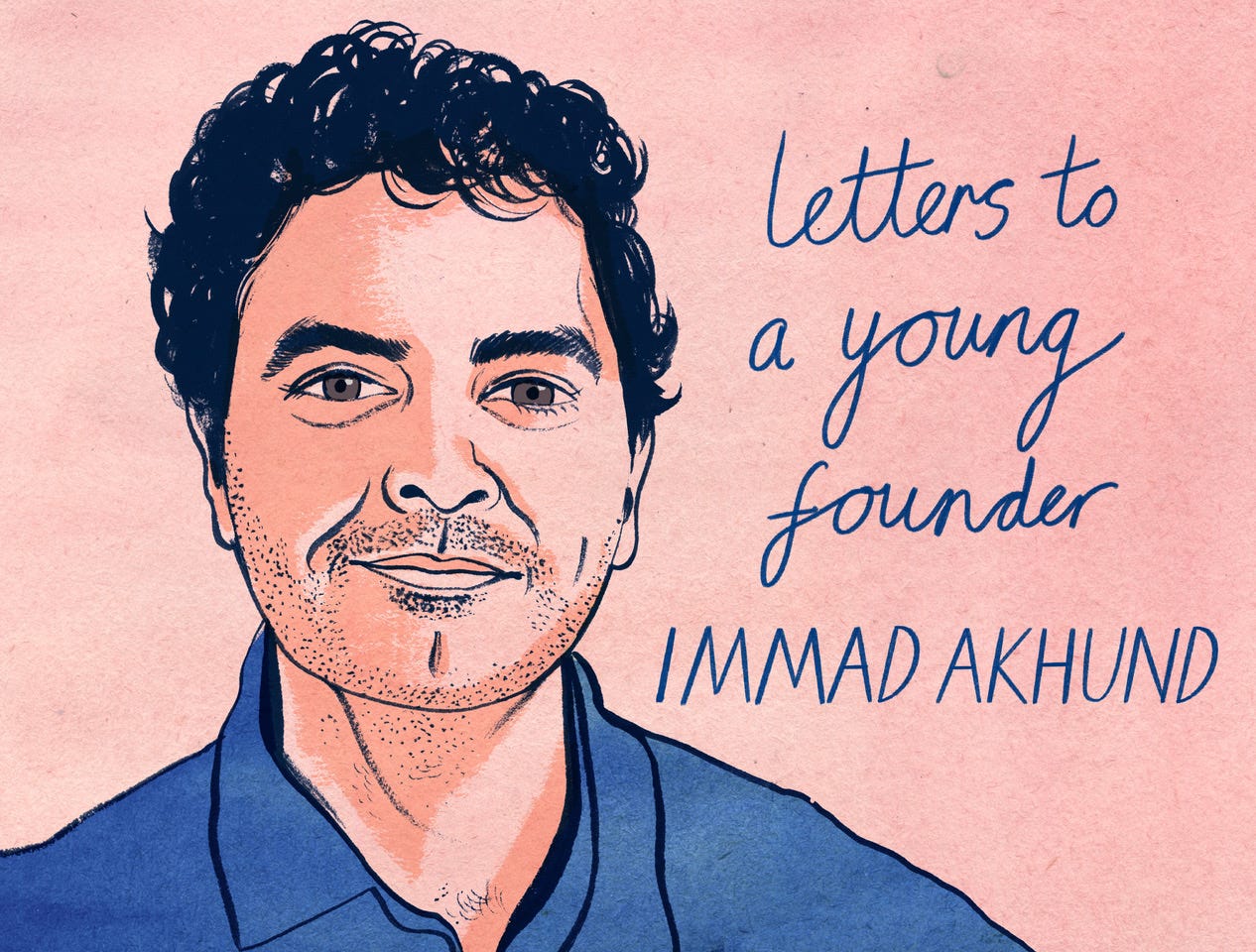Letters to a Young Founder: Immad Akhund of Mercury
The unicorn fintech CEO on shipping with intent, unconventional products, and growing as a leader.
“Mario is incredibly thoughtful and diligent in the craft of writing about technology. One of the real ones!” — Nikhil, a paying member
Friends,
I am skeptical when someone declares that a company has “taste.” What do we mean by this?
Too often, the answer seems to be that the startup in question liberally uses multicolored gr…

